The Winter Stonefly

Everyone that fly fishes for trout tracks the Salmonfly and Golden Stonefly hatches.
These are some of the most important insect emergences of the spring and summer and they are the stars of the stonefly world.
In contrast a much more diminutive member of the stonefly family commonly called a Winter Stonefly emerges in the depths of winter from February to April.
Winter stones have a similar life cycle to their famous relatives.
They start as nymphs crawling on the bottom of the stream. When it is time to emerge they crawl to the shore and transform into adults.
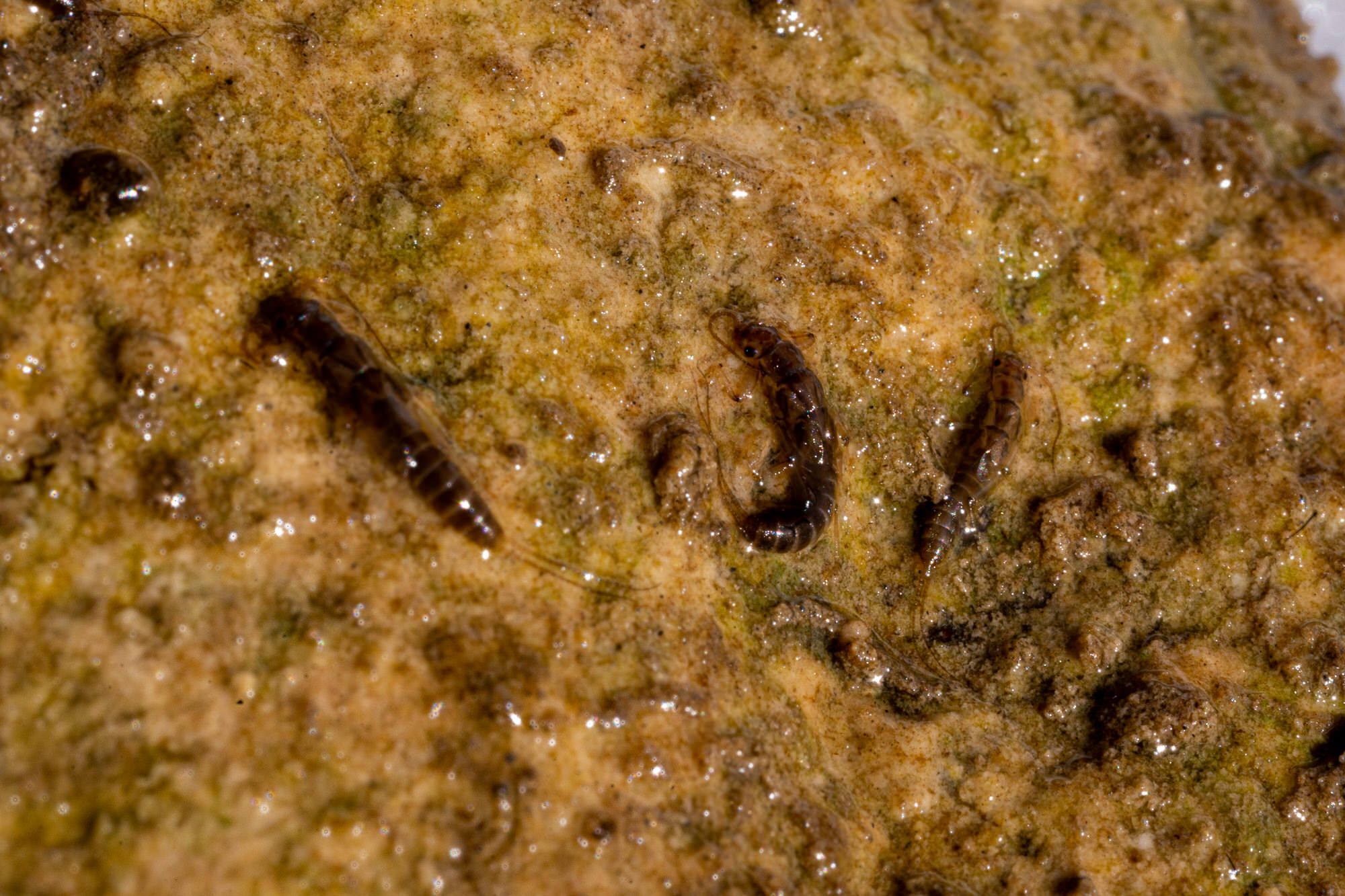
What is different about winter stones is that they migrate to shore at the end of winter as opposed to the warmer months of spring and summer.
This migration to the shore may be the best time to target fish feeding on these little guys. But most fishermen are not out on the water (or ice) at this time of year.
Below are a few flies that work well for imitating them in this stage.
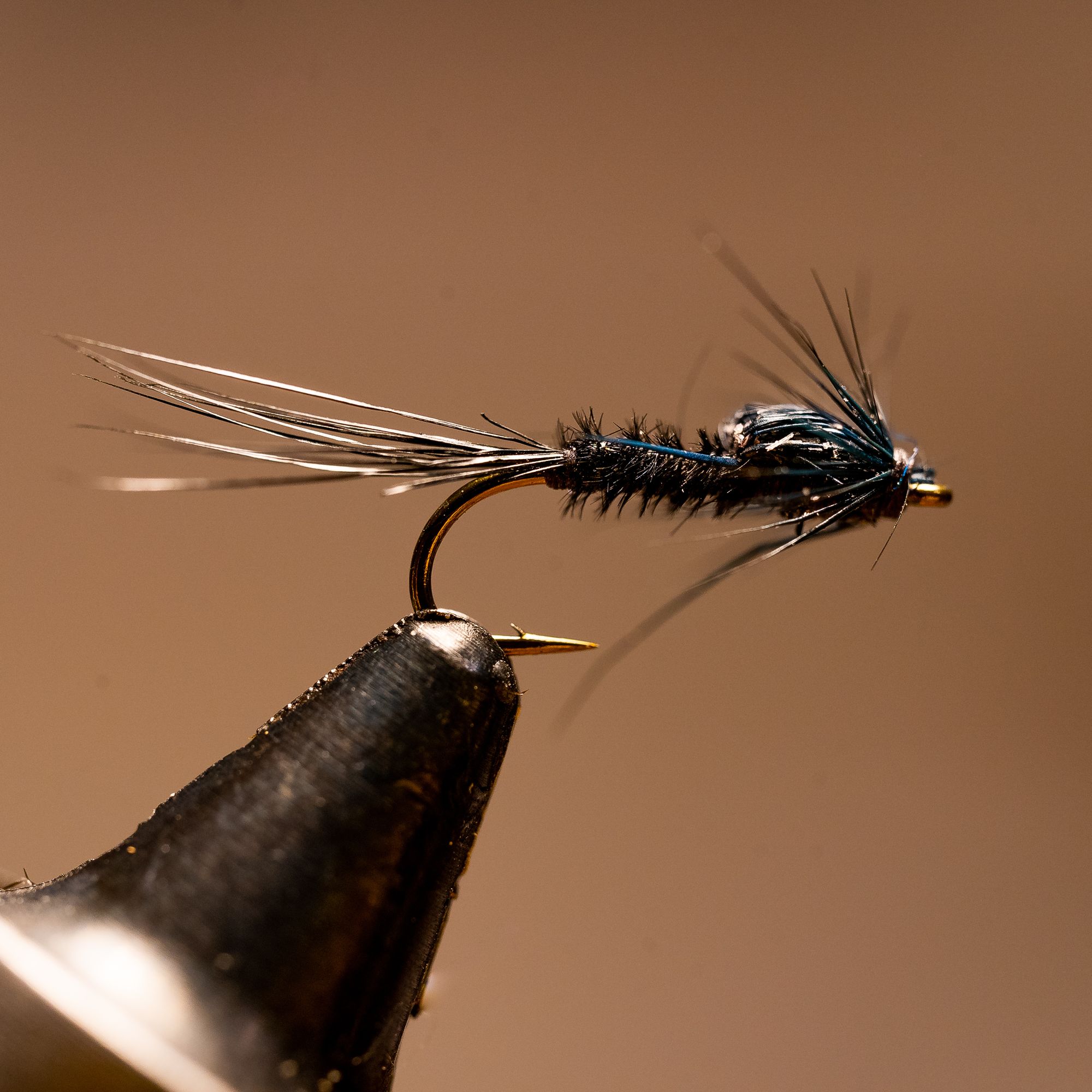
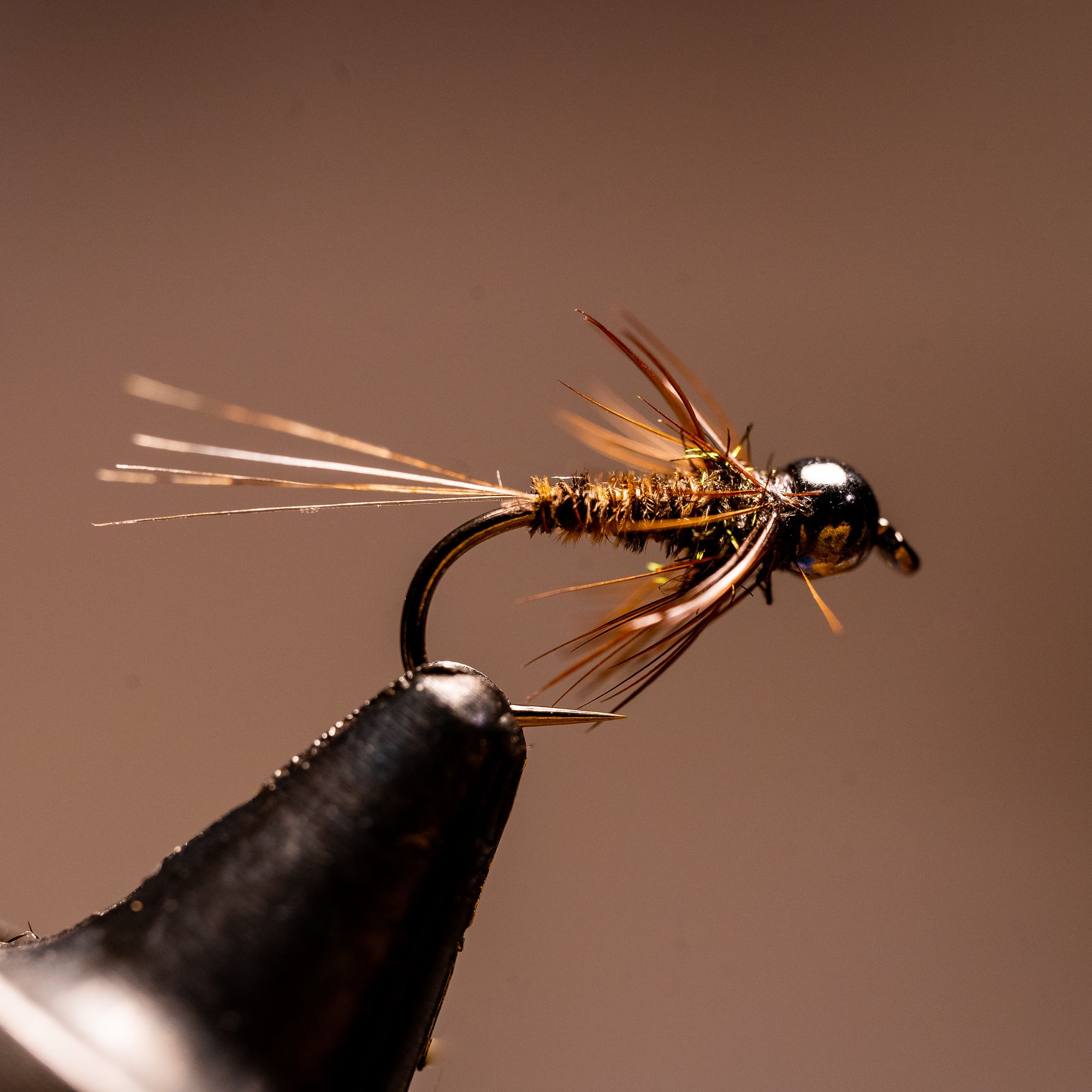
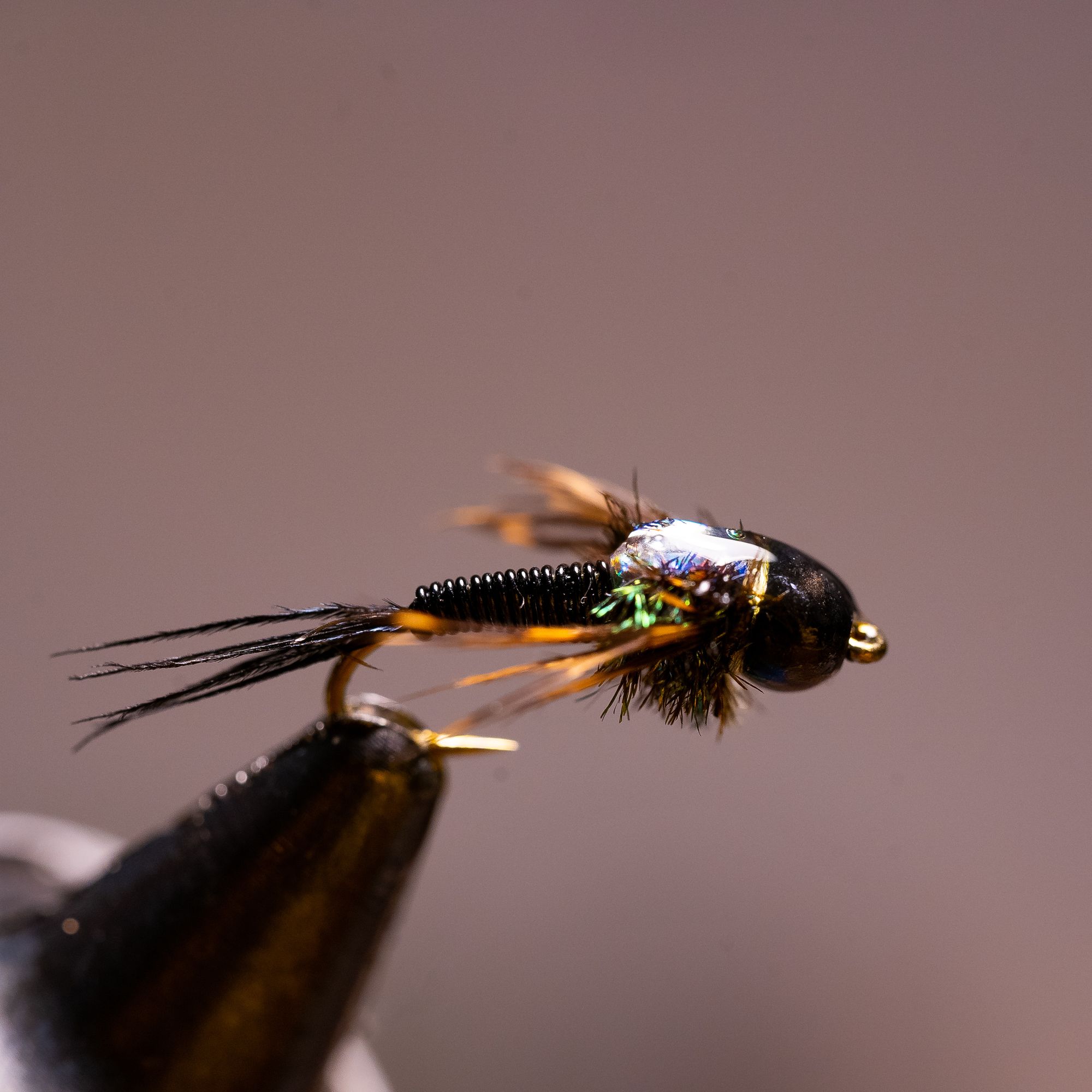
Because Winter Stones move so early in the year they might actually emerge from their nymphal shuck transforming into an adult within an air pocket under the ice.
Once they emerge it is easy to see the small (3 to 15mm) dark-bodied adults crawling on the snow.
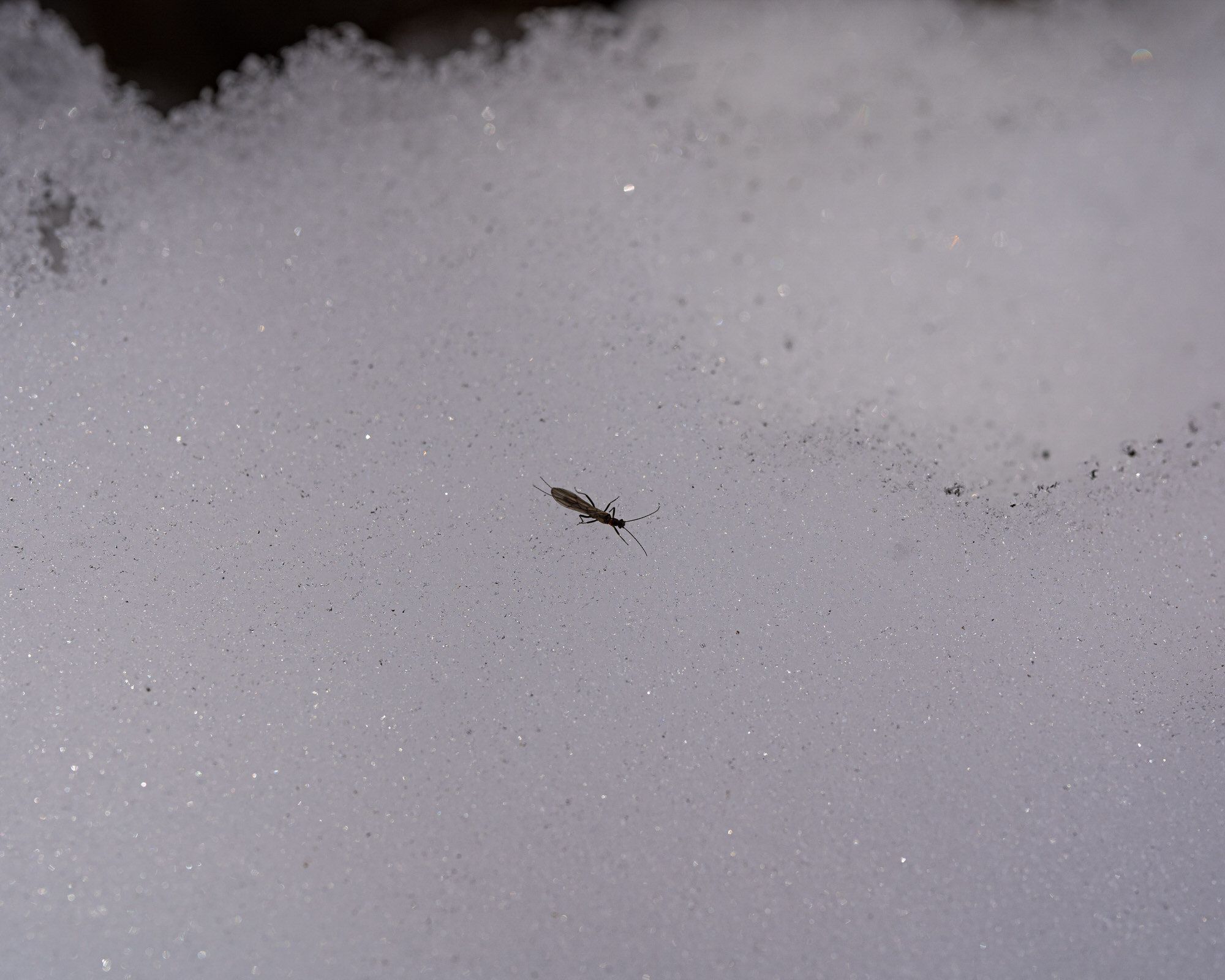
They are fun to watch.
But do winter stones make for red hot fishing?
Not in my experience. However, it is an interesting time of year to be out.
Fun facts:
Winter stoneflies are only active during the cold water periods of winter and the shoulder seasons.
They go dormant for the warmer water period of summer.
They are also very sensitive to pollution and their presence is an indicator that the stream is maintaining cold clean water for fish habitat.
Tie up a smaller narrower version of your favourite stonefly nymphs and adults patterns in brown and black.
Remember winter stones are small so size 14 to 18 hooks will be the ticket. Check out this link to get some tying ideas.
Or this Scientific American Article for another interesting read.

Member discussion